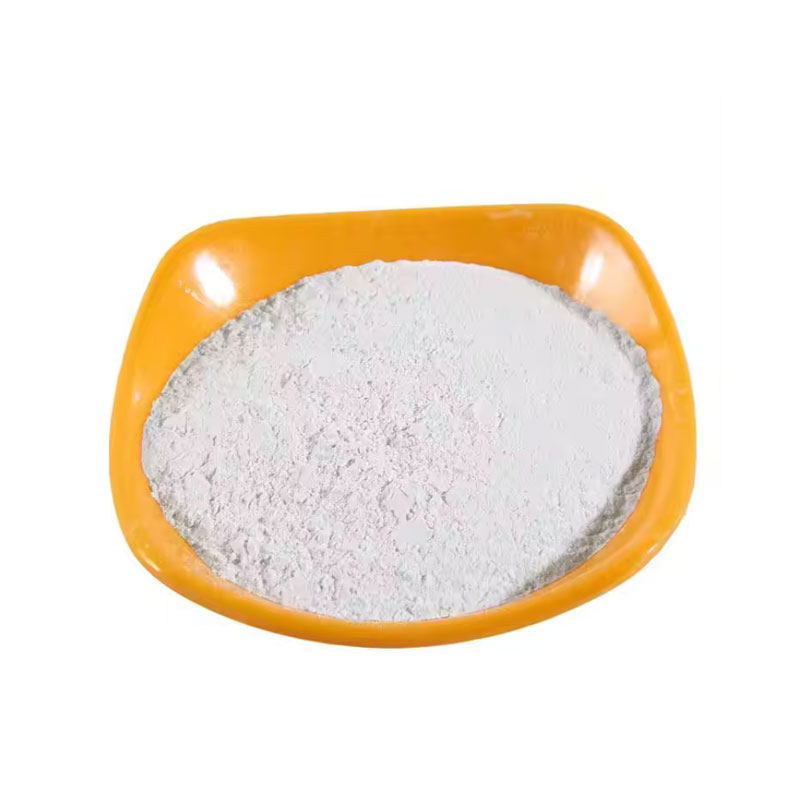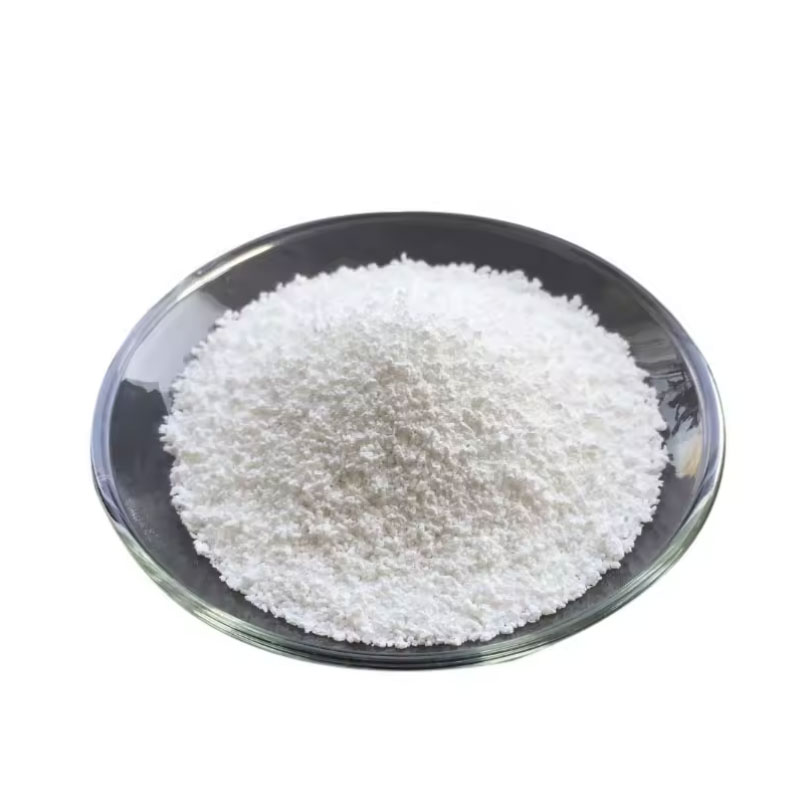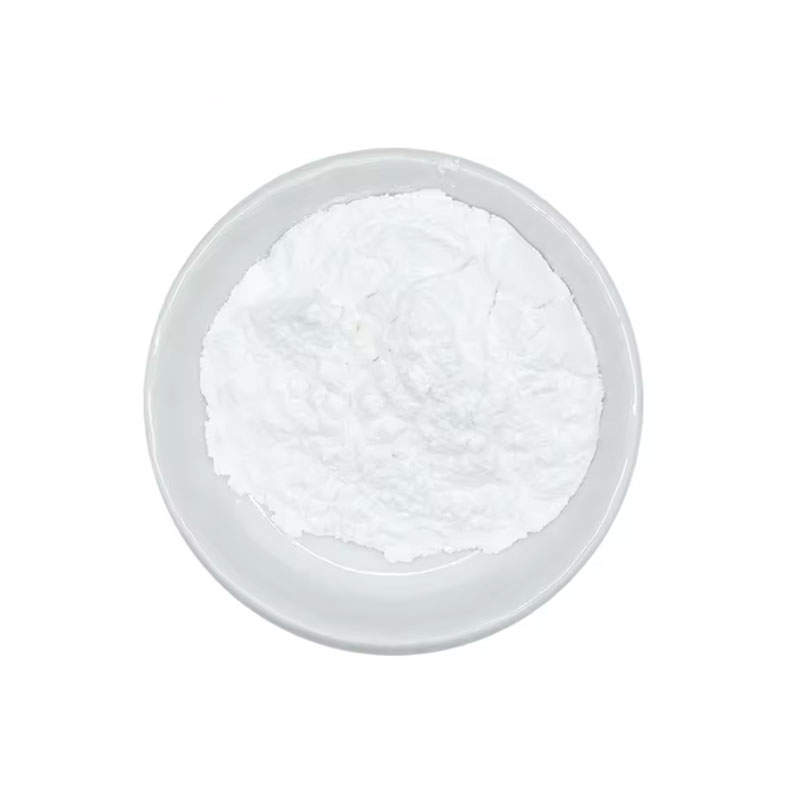Niacinamide Benefits You Should Know About
Niacinamide, also called nicotinamide, is an amide substance of niacin. White crystalline powder; odorless or nearly odorless, bitter in taste; slightly hygroscopic. Soluble in water or ethanol, soluble in glycerol. Because nicotinamide is a B vitamin derivative, as well as nicotinamide is additionally a component of coenzymes, it is an essential part of the body […]
Niacinamide Benefits You Should Know About Read More »










